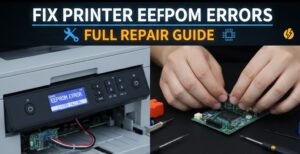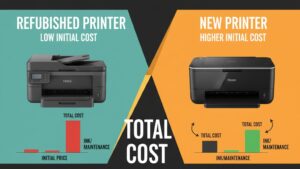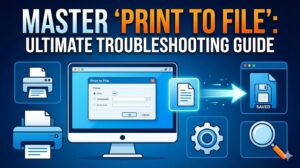Introduction
Finding the best printer for home office needs can feel overwhelming with hundreds of models promising superior performance and value. Whether you’re setting up a new workspace or upgrading outdated equipment, choosing the right printer impacts your productivity and budget significantly.
Modern home offices demand versatile printing solutions that handle everything from professional documents to family photos. The best printer for home office environments balances cost-effectiveness, reliability, and feature-rich functionality without overwhelming your workspace or budget.
This comprehensive guide simplifies the selection process by breaking down essential features, comparing printer types, and highlighting key considerations. You’ll discover proven strategies to identify the perfect printer that matches your specific needs while avoiding costly mistakes that plague first-time buyers.
What Is the Best Printer for Home Office Environments?
The best printer for home office use combines reliability, versatility, and cost-effectiveness to meet diverse printing needs without compromising quality or breaking budgets. These devices must handle various document types, from text-heavy reports to colorful presentations and occasional photo printing.
Home office printers differ from consumer models by offering enhanced durability, higher monthly duty cycles, and professional-grade features. They typically include automatic document feeders, duplex printing capabilities, and wireless connectivity options that streamline workflows and improve productivity.
Key characteristics include consistent print quality, reasonable operating costs, compact footprints suitable for limited spaces, and multi-function capabilities combining printing, scanning, copying, and faxing in single devices. The best models balance initial purchase price with long-term operating expenses.
Modern home office printers integrate seamlessly with digital workflows through mobile printing apps, cloud connectivity, and wireless networking capabilities. These features enable printing from smartphones, tablets, and laptops without complex setup procedures or cable connections.
Selection criteria should prioritize reliability, print quality, operating costs, and feature sets that match your specific usage patterns. Understanding these fundamentals helps narrow choices and identify models that deliver optimal value for your investment and workspace requirements.
7 Essential Steps to Choose the Best Printer for Home Office
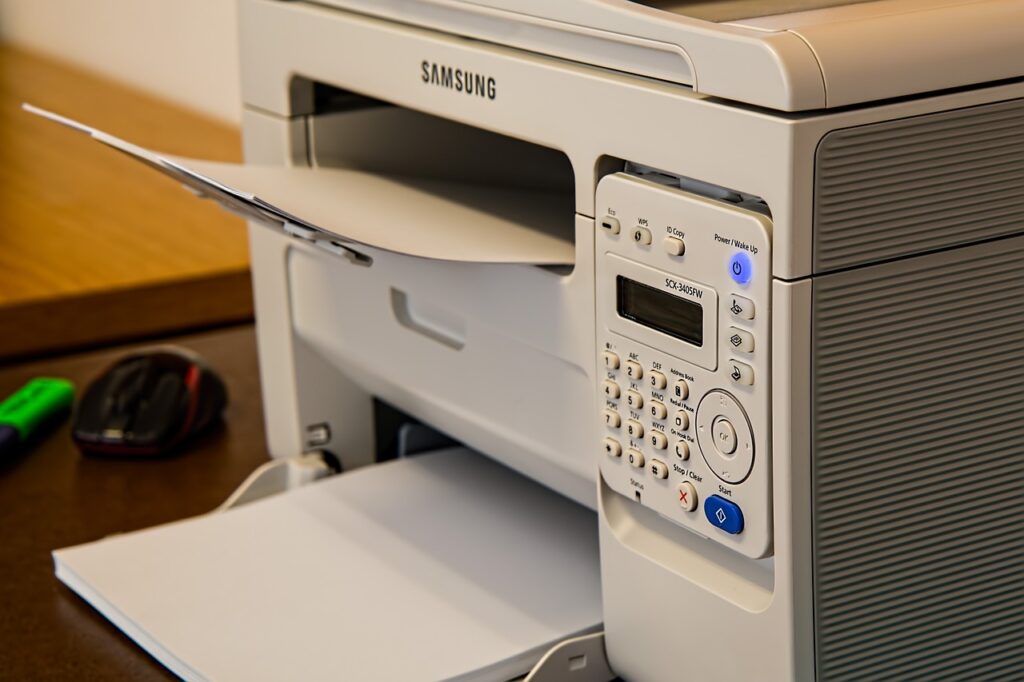
Step 1: Assess Your Printing Volume and Needs
Calculate your monthly printing volume by tracking current usage patterns for one month. Count text documents, color pages, photos, and special projects to establish baseline requirements for your ideal printer selection.
Consider future growth potential and seasonal variations in printing needs. Business expansion, school projects, or periodic reports can significantly impact volume requirements and influence the best printer for home office selection.
Step 2: Determine Your Budget Range
Establish separate budgets for initial purchase price and ongoing operating costs including ink, toner, paper, and maintenance supplies. The best printer for home office use balances upfront investment with long-term affordability.
Research total cost of ownership over 2-3 years to make informed comparisons. High-capacity cartridges and efficient designs often justify higher initial prices through reduced per-page costs and extended replacement intervals.
Step 3: Choose Between Inkjet and Laser Technology
Select inkjet printers for versatile printing needs including photos, graphics, and occasional color documents. These models excel at image quality and offer lower initial costs but higher per-page expenses for high-volume users.
Choose laser printers for text-heavy environments with consistent black and white printing needs. Laser technology provides faster speeds, lower per-page costs, and superior text quality for professional documents and reports.
Step 4: Evaluate Multi-Function vs Single-Function Options
Consider all-in-one printers that combine printing, scanning, copying, and faxing capabilities in space-saving designs. These versatile units maximize functionality while minimizing workspace footprint and equipment costs.
Select single-function printers when specialized performance outweighs convenience factors. Dedicated printers often provide superior quality, faster speeds, and enhanced reliability for specific applications requiring professional results.

Step 5: Review Connectivity and Mobile Features
Prioritize wireless connectivity options including Wi-Fi, Ethernet, and mobile printing capabilities. Modern home offices require flexible connection methods that support multiple devices and seamless integration with existing networks.
Evaluate mobile printing apps, cloud service integration, and direct printing features from smartphones and tablets. These capabilities enhance productivity and enable printing from any location within your home office environment.
Step 6: Compare Print Quality and Speed Specifications
Test print samples when possible or research professional reviews comparing text quality, color accuracy, and photo reproduction capabilities. The best printer for home office should excel in your most common printing applications.
Balance speed requirements with quality expectations based on your typical usage patterns. Faster printers cost more but improve productivity for high-volume environments, while slower models suffice for occasional printing needs.
Step 7: Research Brand Reliability and Support Options
Investigate manufacturer reputation, warranty coverage, and local service availability before making final decisions. Reliable brands with comprehensive support networks ensure long-term satisfaction and minimal downtime for critical printing needs.
Read user reviews and professional evaluations focusing on long-term reliability, customer service experiences, and common issues reported by actual owners. This research prevents costly mistakes and ensures confident purchasing decisions.
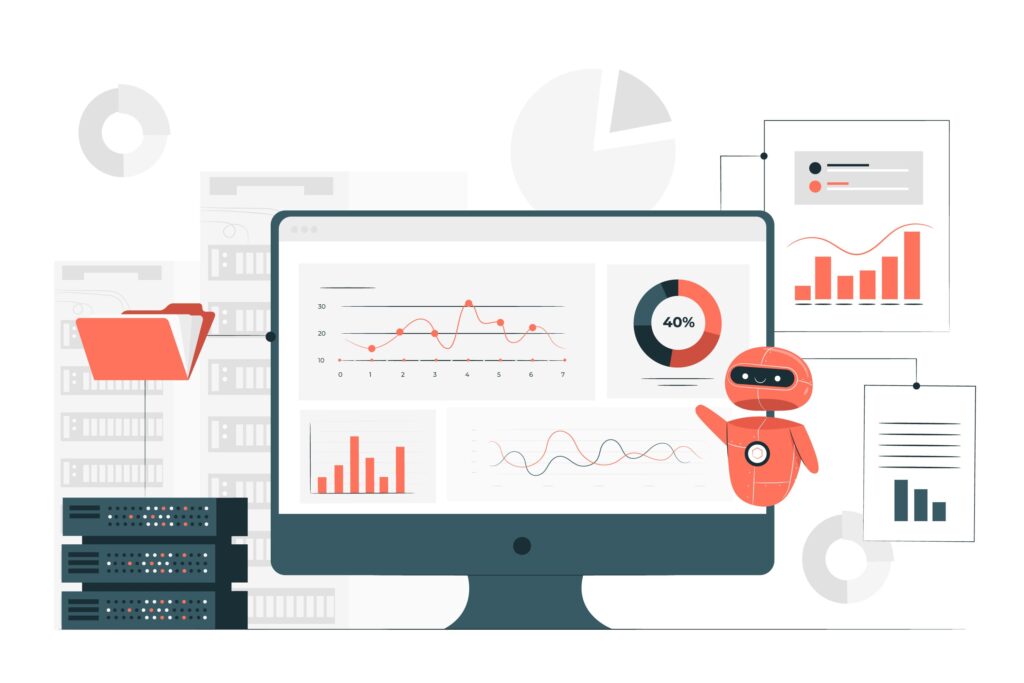
Advanced Selection Tools and Expert Insights
Online comparison tools from Consumer Reports, PCMag, and manufacturer websites provide detailed specifications, performance benchmarks, and user ratings for popular models. These resources streamline research and highlight key differences between competing options.
Print cost calculators help estimate long-term operating expenses based on your specific usage patterns and cartridge prices. Many manufacturer websites offer these tools to demonstrate total ownership costs over typical printer lifespans.
Professional reviews from technology publications provide independent testing results, quality assessments, and performance comparisons that supplement manufacturer specifications. These evaluations offer unbiased insights into real-world performance and reliability.
Retail demonstration areas allow hands-on testing of print quality, user interface design, and physical characteristics before purchase. Many electronics stores maintain working displays where you can evaluate the best printer for home office candidates directly.
Common Mistakes When Choosing Home Office Printers
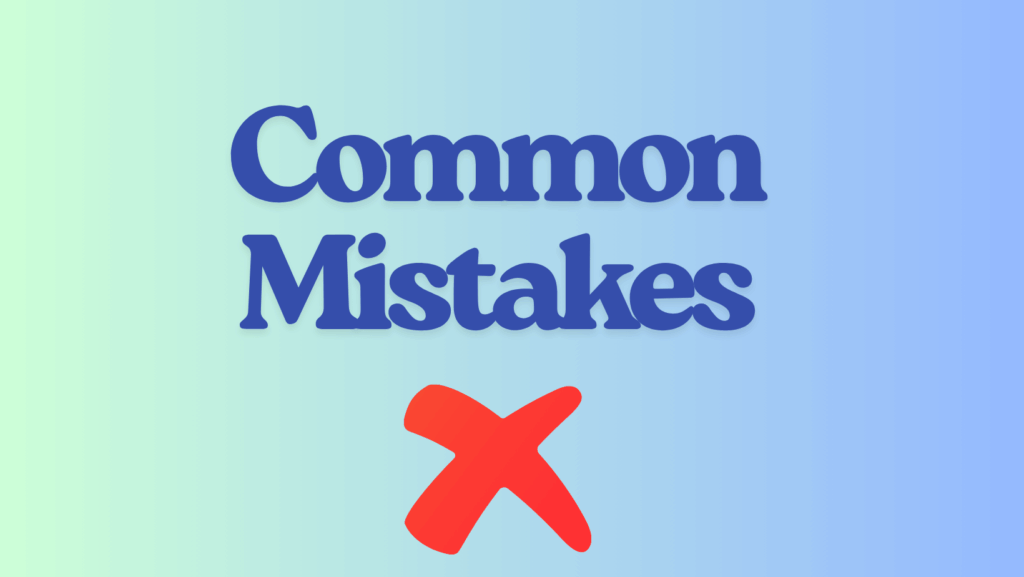
Focusing Only on Initial Purchase Price
Many buyers prioritize low upfront costs while ignoring expensive cartridge replacements and high per-page operating expenses. This shortsighted approach leads to buyer’s remorse when ongoing costs exceed expectations significantly.
Calculate total cost of ownership including cartridges, maintenance supplies, and paper over 2-3 years. The best printer for home office use often costs more initially but provides superior long-term value through efficient operation and reliability.
Underestimating Space and Noise Requirements
Large printers overwhelm small home offices while noisy operation disrupts phone calls and concentration. Measure available space carefully and consider noise levels, especially for printers near workspaces or living areas.
Research physical dimensions including paper tray extensions and output bins in fully extended positions. Account for clearance requirements around the printer for paper loading, cartridge changes, and maintenance access.
Ignoring Connectivity and Compatibility Issues
Older printers may lack modern connectivity options or require outdated drivers incompatible with current operating systems. These compatibility problems create frustration and limit functionality in contemporary home office environments.
Verify driver availability for your specific operating systems and devices before purchasing. The best printer for home office should support all your devices seamlessly without complex setup procedures or compatibility workarounds.
Overlooking Long-Term Support and Parts Availability
Discontinued models quickly become problematic when cartridges become scarce or expensive, and replacement parts become unavailable. This situation forces premature printer replacement despite adequate performance for your needs.
Choose current models from established manufacturers with strong market presence and comprehensive support networks. Avoid deeply discounted discontinued models unless cartridge availability and support continuation are guaranteed.
Frequently Asked Questions
Q: What’s the best printer for home office with mixed printing needs? A: All-in-one inkjet printers from HP, Canon, or Epson offer the best versatility for mixed needs including documents, photos, and occasional color printing. Models like HP OfficeJet Pro series balance quality with affordability effectively.
Q: Should I choose laser or inkjet for my home office? A: Choose laser for high-volume black and white printing with emphasis on text documents. Select inkjet for versatile needs including photos, color documents, and lower monthly volumes where print quality variety matters more than speed.
Q: How much should I budget for the best printer for home office use? A: Budget $200-500 for quality home office printers, plus $200-400 annually for supplies depending on usage. Higher initial investment often provides better long-term value through lower operating costs and enhanced reliability.
Q: Do I need wireless printing capability in my home office? A: Wireless printing significantly improves convenience and flexibility for multiple devices including smartphones, tablets, and laptops. This feature enables printing from any location and eliminates cable management issues in modern home offices.
Conclusion
Selecting the best printer for home office environments requires careful consideration of your specific needs, budget constraints, and long-term requirements. The seven-step process outlined in this guide helps you navigate countless options and identify models that deliver optimal value and performance.
Remember that the best printer for home office use balances initial costs with operating expenses while providing reliable performance for your typical printing patterns. Avoid focusing solely on purchase price, and instead evaluate total ownership costs over several years.
Take time to research thoroughly, test when possible, and choose established brands with strong support networks. The right printer investment enhances productivity, reduces stress, and provides years of reliable service for your home office operations.
Start your selection process today by assessing your printing volume, establishing realistic budgets, and researching models that match your specific requirements. Your perfect home office printer awaits discovery through informed decision-making and careful evaluation.
Reduce Ink and Toner Usage: Proven Money-Saving Secrets Revealed Read More.


